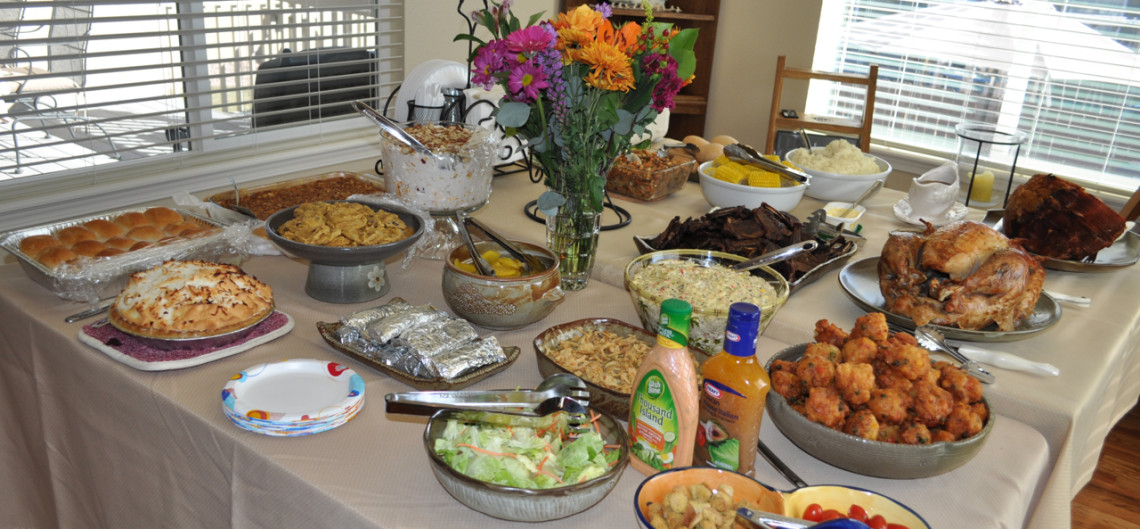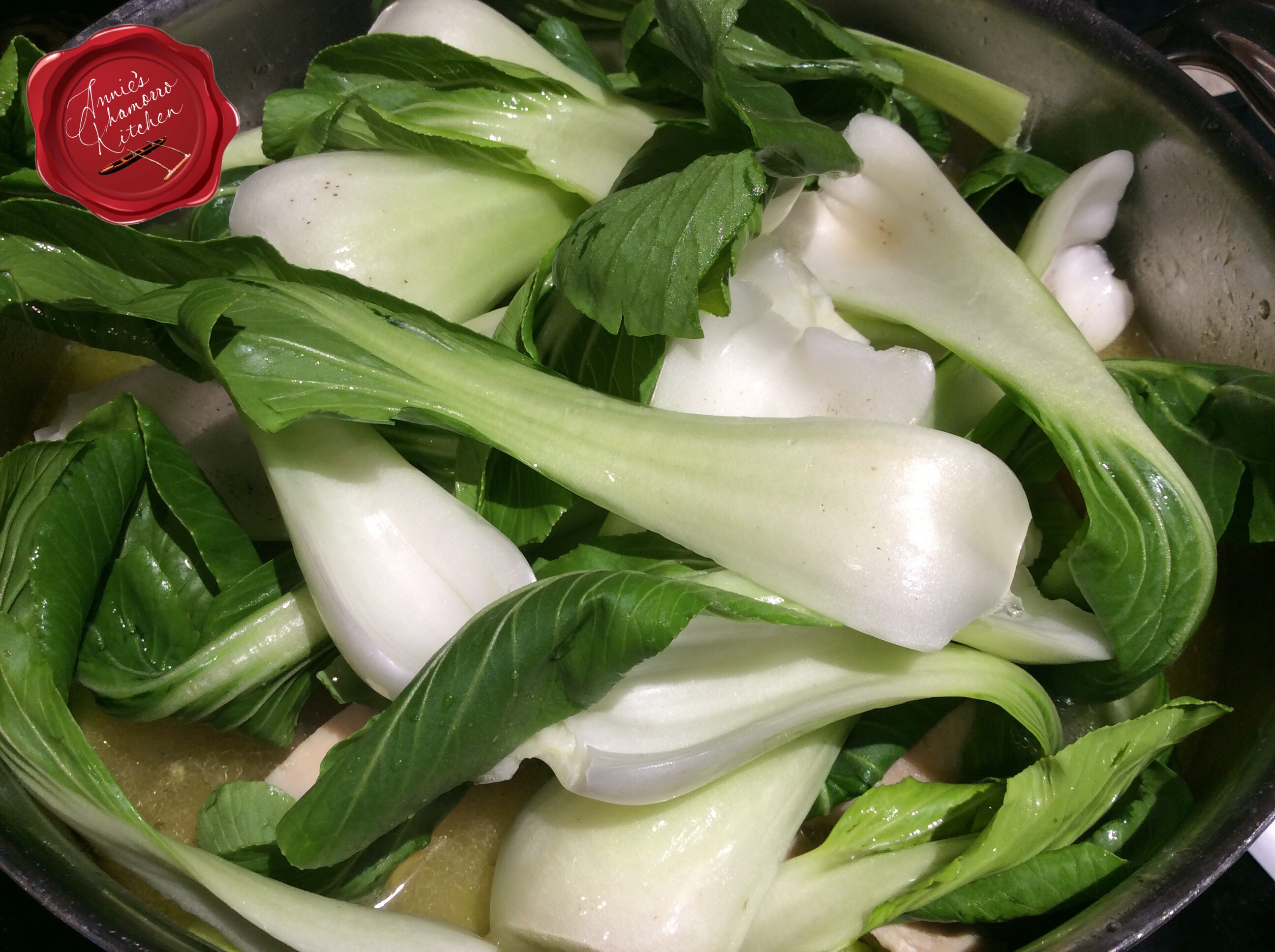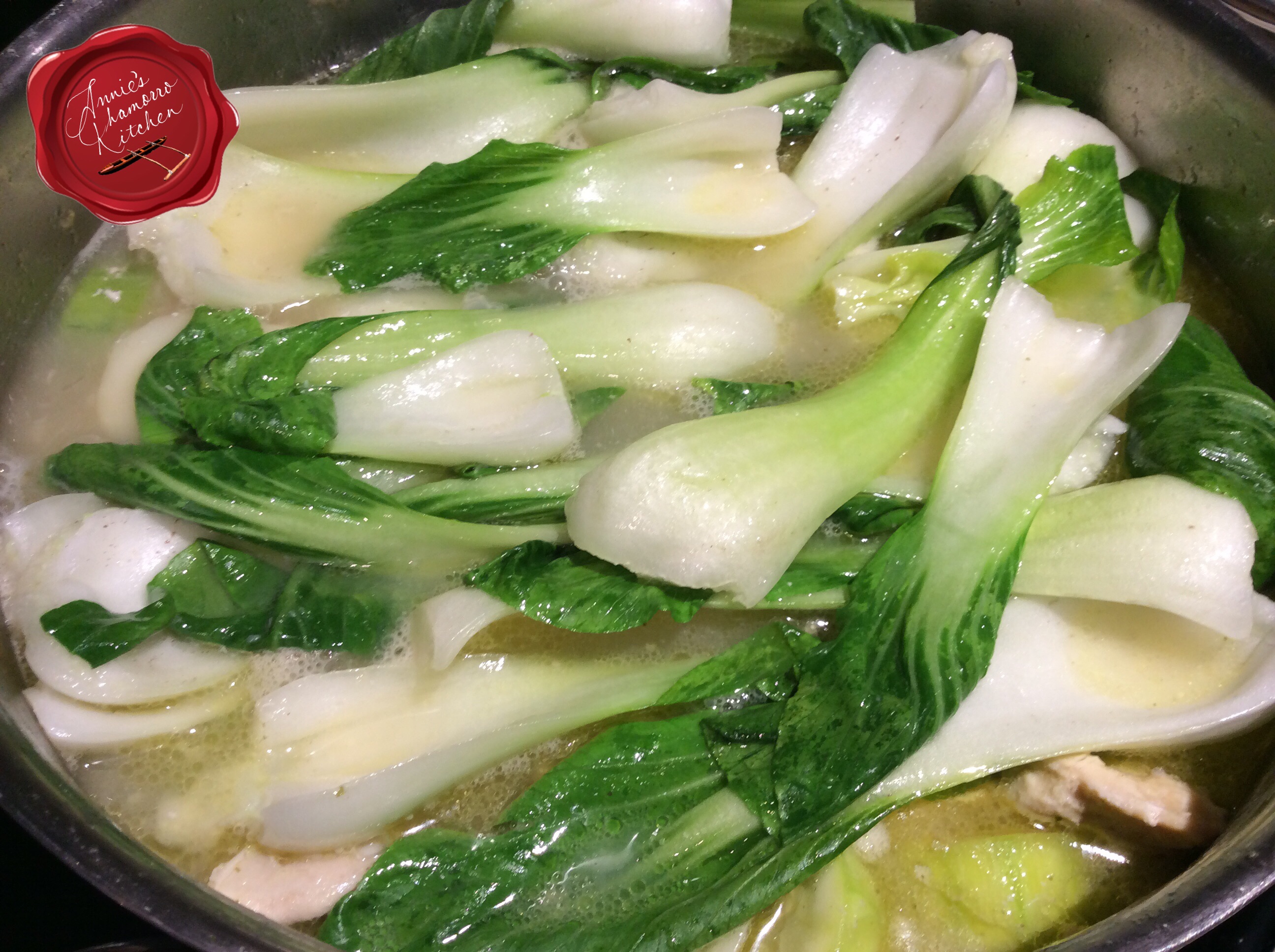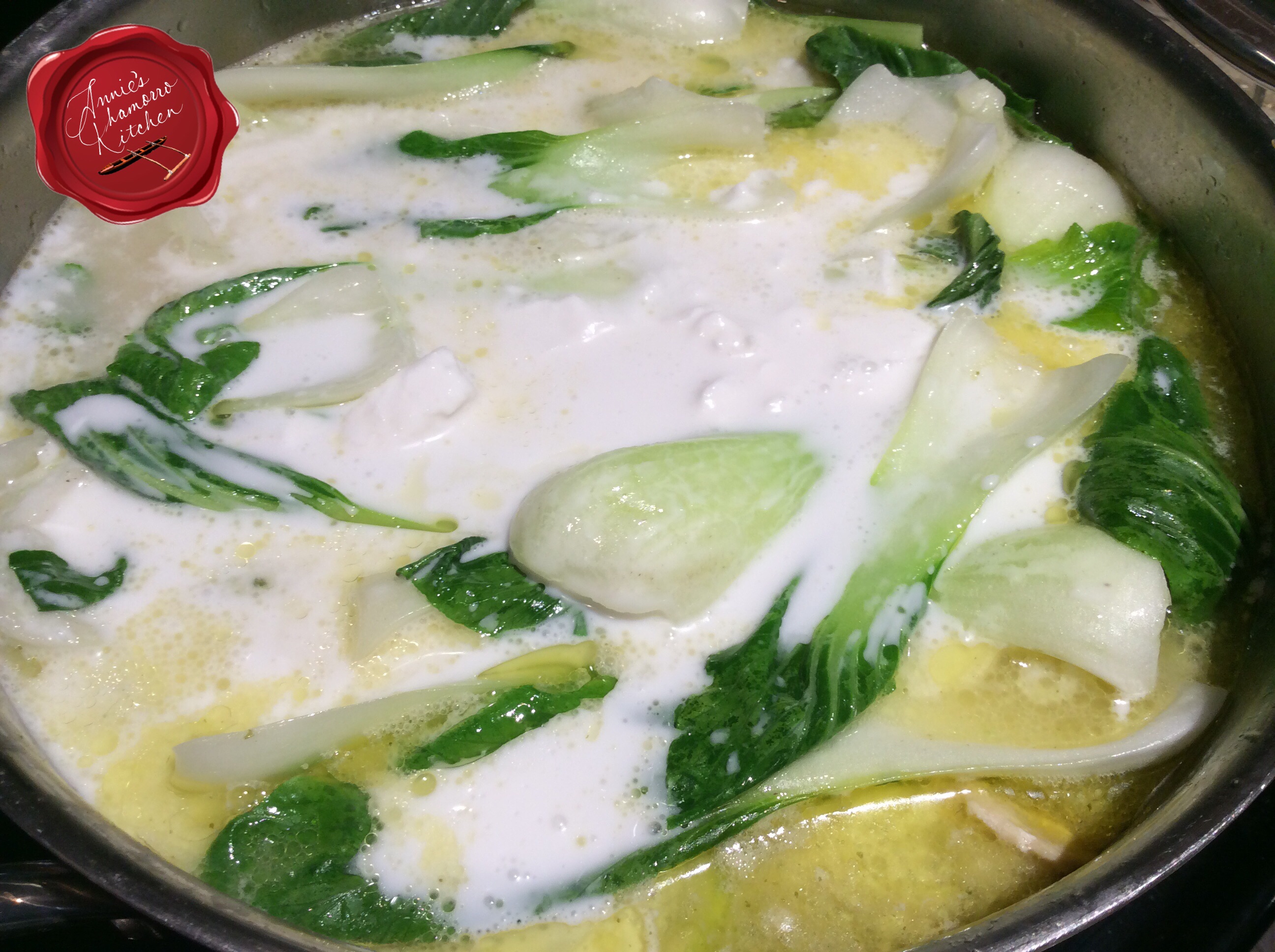
I love grilled ribs and steaks, but occasionally I crave a really good, juicy burger.
I’m not talking about those flat, plain, frozen patties you can buy in bulk, and taste like cardboard after cooking. Rather, I’m talking about thick, juicy and tender burgers packed full of flavor.
My family and I are trying to eat healthier, so I created this burger that added quality (and healthy) ingredients without sacrificing flavor.
You can find my complete recipe at the bottom of this post. For THMs, this is an “S” recipe.
To start off, I used lean grass-fed beef. Now, this can be a bit pricey, so if this is not an option for you (or if you can’t find grass-fed beef in your grocery store), use “regular” ground beef. I also used 98% lean beef in this recipe. Now, I know what you’re thinking — how can beef that lean make juicy burgers? Well, read on and I’ll tell you. In the meantime, place the ground beef into a large mixing bowl.
Most people start off with beef that’s no less than 85% lean (that means that 15% of what you buy is GROUND FAT). Additionally, something called a panade — a mixture of bread and milk used to keep the cooked meat tender — is also added to the mixture.
Not in my kitchen. Some fat is okay, but I still stick to no less than 95% lean when I buy ground beef. 98% lean is even better.
The juiciness come from my secret ingredient (shhhh…don’t tell anyone). I add low-fat, part skim mozzarella cheese…yes, cheese…to the mix. Don’t worry…if you’re mentally counting the fat and carb numbers in your head right now, I’ll save you the trouble. Adding part skim mozzarella cheese to my recipe only adds <1g of carbs and 4.5g of fat per serving (one burger). 🙂
I like adding lots of flavor in the form of herbs, spices and vegetables. I usually use whatever is in my fridge and pantry at the time, but the staples are diced onions (I used red here, but white or yellow onions are fine), garlic, black pepper, and an egg (use one egg for two pounds of beef). Today, I also added onion powder, Italian seasoning, and rather than salt, I used a few tablespoons of powdered beef bouillon (look for one that has <1g of carbs per serving). I also added a finely diced yellow bell pepper.
There’s no good way to mix this using a utensil, so wash your hands, use that elbow grease and get right in there. Mix, mix, mix.
Separate the mixture into eight large meatballs.
These are ready right now, as is, to flatten and cook. However, by my count, I’ve added just a little more than 2g of carbs per burger with the addition of part skim mozzarella and beef bouillon, so I’m thinking we can afford one more gram of carb per burger.
Can you guess what that’ll be? Yes!! MORE cheese! (I love cheese, if you haven’t figured that out yet.) Not just ANY cheese, mind you, but Creamy Light Laughing Cow brand cheese. It adds just one more teeny, tiny gram of carbohydrates to the burger, so we’re up to 3g now…still within “safe” numbers per serving (and these make HUGE burgers).
Take one meatball and make an indentation in the middle with your thumb.
Make the indentation large enough to fit one wedge of Light Laughing Cow cheese. Don’t make the bottom or sides too thin or the cheese will ooze out when you cook the burger. You can leave the wedge like this but I recommend pressing it and spreading it out within the indentation you just made.
Cover the cheese with the mixture, smoothing all around the sides to ensure the cheese is well-sealed within.
Because of the low fat content in the ground beef, these burgers don’t shrink much during cooking. However, slightly flatten it before cooking. Cook on a hot grill pan over medium-high heat, about 5-8 minutes on each side.
The burgers are done when clear juices start oozing out. Do NOT poke or stab the burgers to check for clear juices…that will make your burgers dry out. Slightly press the top of the burger with your finger; it’s done if the burger feels slightly firm when you press on it.
Top with your favorite burger add-ons such as sliced avocado, lettuce, tomatoes, onions, pickles, mayo, mustard, and bacon (hey, we cut back on fat so a little bacon won’t hurt). 🙂
Dig in and ENJOY!
In case you’re wondering what type of bun that is in the photo above, it’s my gluten free, “Bun in a Bowl”. You can find my recipe for it here. For THMs, it’s an “S” recipe.
- 2 pounds 98% lean ground beef
- ½ red onion, finely diced
- 1 bell pepper, finely diced
- 1 tablespoon chopped garlic
- 1 cup finely shredded, part skim mozzarella cheese
- 1 tablespoon dried Italian seasoning
- 1 tablespoon onion powder
- 3 tablespoons powdered beef bouillon
- 1 teaspoon black pepper
- 1 large egg
- 8 wedges Light Swiss Laughing Cow Cheese (optional)
- Place the ground beef into a large mixing bowl. Add the onion, bell pepper, garlic, mozzarella cheese, Italian seasoning, onion powder, beef bouillon, black pepper, and egg. Mix well. Separate into eight large meatballs.
- Make a small indentation in the middle of one meatball. Place one wedge of Laughing Cow cheese. Smooth the meat mixture around the cheese, sealing it in. Repeat for the remaining meatballs.
- Slightly flatten each ball into a burger patty. Cook in a grill pan over medium-high heat, about 5-8 minutes on each side, or until nicely browned all around.























































